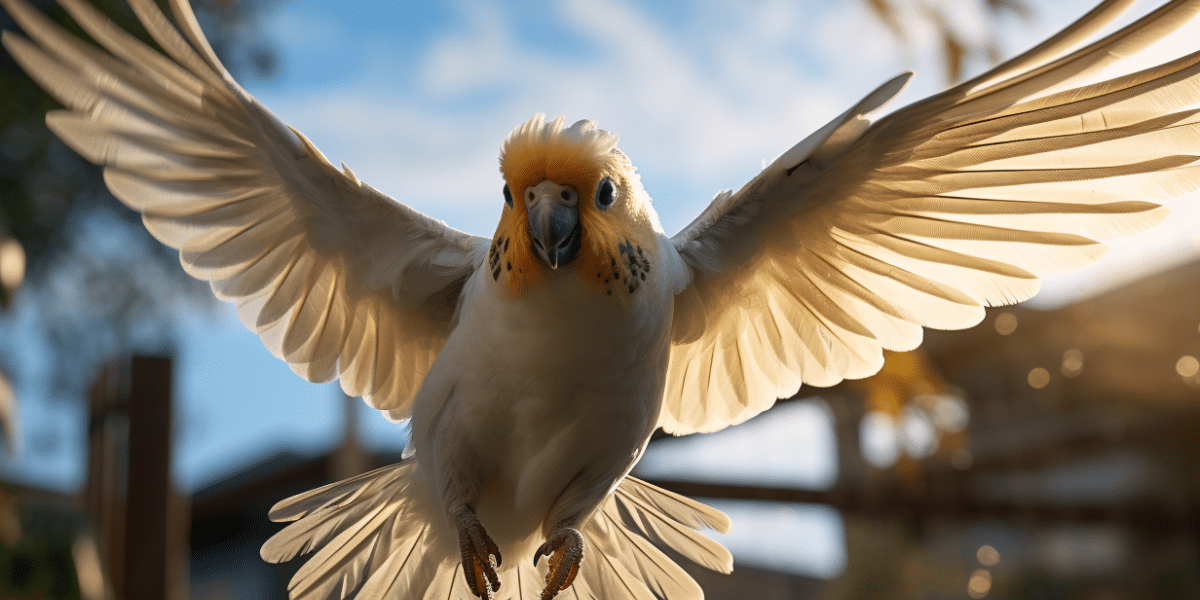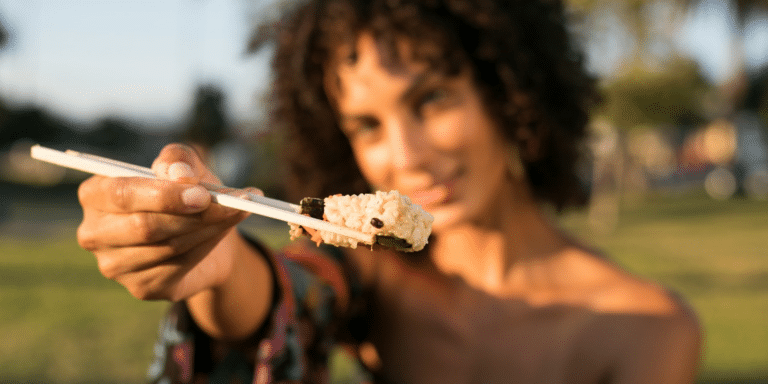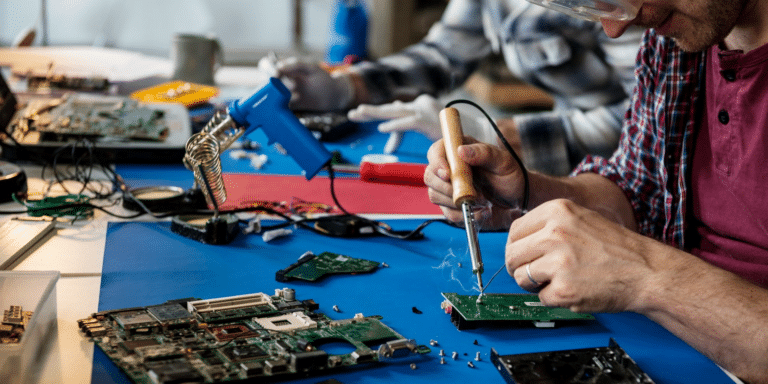By: Dr Cockatiel
Cockatiels, with their vibrant personalities and striking plumage, are beloved pets around the world. However, many owners face a common, often humorous challenge: coaxing these avian adventurers back into their cages. We spoke to Dr Cockatiel to understand this behaviour and find effective solutions.
Why Cockatiels Resist Cages
Cockatiels, like many parrot species, are endowed with a natural curiosity and a strong social instinct. These characteristics are essential for their survival in the wild, where exploring their environment and engaging with their flock are daily activities. However, when these birds are kept as pets, their instinctual needs can sometimes conflict with the limitations of living in a human household, particularly when it comes to being confined in a cage.
Avian experts point out that cockatiels don’t inherently dislike cages; rather, they often resist confinement because it limits their ability to explore and interact, leading to feelings of isolation or boredom. In the wild, cockatiels are constantly foraging, playing, and socializing with their flock. This active and social lifestyle is hardwired into their behavior. When confined to a cage, especially for long periods without stimulation or company, these intelligent birds may feel cut off from their natural behaviors, leading to stress and unhappiness.
Understanding this perspective is crucial for cockatiel owners. It’s important to recognize that a cage, from a cockatiel’s point of view, isn’t just a physical space but also a social and mental one. Ensuring that the cage is not only safe and comfortable but also enriching and socially stimulating is key. This means providing toys for mental stimulation, opportunities for exercise, and regular social interaction, either with humans or other birds. A well-enriched cage can transform from a place of isolation to a safe haven where the bird feels secure and entertained.
Moreover, experts recommend incorporating daily out-of-cage time, where the cockatiel can safely explore and interact with its human family. This practice not only helps satisfy the bird’s curiosity and social needs but also strengthens the bond between the cockatiel and its owner, making the return to the cage a less stressful and more natural part of its daily routine. By aligning the living conditions more closely with the bird’s natural tendencies, owners can help their feathered friends lead happier, more fulfilled lives even within the confines of a home.
The Great Escape: Real-life Anecdotes
Every cockatiel owner has a story. From a bird that mimics the sound of the phone to distract its owner, to another that plays hide-and-seek under the couch, these anecdotes highlight the cleverness and distinct personalities of cockatiels. Such stories are not just amusing – they shed light on the bird’s intelligence and need for engagement.
Understanding Cockatiel Behavior
Cockatiel behavior outside the cage can offer valuable insights. Their playful antics and interactions reveal preferences and dislikes, which can be leveraged when trying to return them to their cage. Observing these behaviors closely can provide clues for a smoother transition.
Setting the Stage: The Ideal Cage Environment
A welcoming cage environment is crucial. Owners are encouraged to place the cage in a social area of the home and equip it with toys, perches, and comfortable nesting materials. A cage that feels like a safe, entertaining haven is more appealing to a cockatiel.
Training Techniques for Cage Return
Training a cockatiel to return to its cage willingly requires patience. Using treats as rewards, establishing a routine, and using gentle, consistent commands can make a significant difference. Positive reinforcement is the key here – it builds trust and understanding.
Veterinarians and bird behaviorists emphasize the importance of gentle handling and consistency. Avoiding forceful methods is essential, as it can cause stress and fear in the bird. Instead, experts advocate for a calm approach, allowing the bird to enter the cage on its own terms.
The Role of Diet and Exercise
A well-balanced diet and regular exercise are vital for a cockatiel’s overall well-being and behavior. Birds with adequate physical and mental stimulation are more likely to respond positively to training, including cage return routines.
Common Mistakes to Avoid
Common mistakes include chasing the bird, loud scolding, or making sudden movements. Such actions can erode trust. Owners are advised to remain calm and patient, using positive interactions to guide the bird back.








